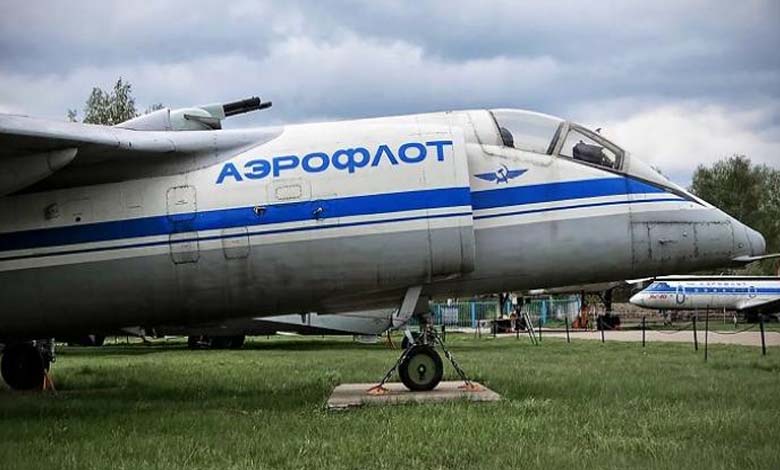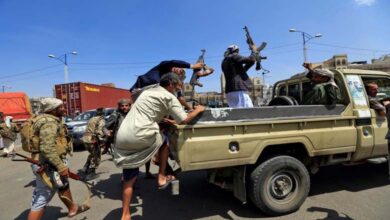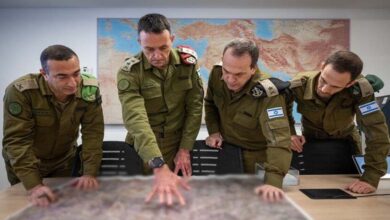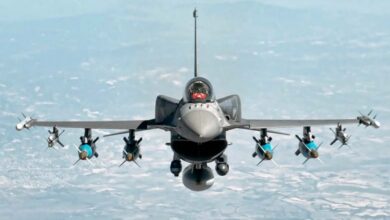Balloon Warfare: The Soviets’ Hidden War against the Ghosts of the Sky

In the skies of the Cold War, it wasn’t just airplanes that defined the balance of power. Strange squadrons drifted slowly above, carrying secrets and dangers within them.
-
Air Force Two: Discover the Plane of America’s Second-in-Command
-
Iran intercepts U.S. spy plane amid continued state of maximum alert
Since 1956, reconnaissance balloons launched from the West and drifting into Warsaw Pact territory became a nightmare for the Soviet command.
Some of these balloons penetrated more than 1,200 miles into Soviet territory. They often carried propaganda leaflets, and sometimes espionage equipment or even bombs—turning the sky into a bizarre battlefield, according to “The War Zone” (TWZ).
Long before an American pilot shot down the now-famous Chinese balloon over South Carolina nearly seven decades later, the Soviets had already waged an undeclared war against these elusive targets that infiltrated their territory like ghosts.
-
The Mystery of the American Military Plane… An Unfinished Secret Mission 63 Years Ago
-
A Mysterious Mission… A U.S. Spy Plane Over Cartel Territory
Russian Tactics
According to Russian archives, 4,112 balloons were intercepted between 1956 and 1977. Bringing them down required unconventional solutions, including:
- Specially modified fighters that flew at the edge of space.
- Secret laser weapons mounted on giant aircraft.
- Unusual aerial dogfights, where hundreds of rounds were needed to down a single balloon.
Russian sources claim that 793 of these balloons were shot down by fighter jets.
While some balloons belonged to civilian research institutions, the majority were used for military purposes.
-
NGAD: The American Sixth-Generation Fighter between Domination and Financial Drain
-
Americans Reflect on 20th Anniversary of Sept. 11
The Peak
The challenge reached its peak in 1956, when 3,000 balloons invaded Soviet airspace during the 20th Congress of the Communist Party—seemingly a provocative message during a sensitive historical moment.
During a test period from August 11 to September 14, 1975, 11 balloons were detected over Soviet territory at altitudes between 36,000 and 46,000 feet.
They were intercepted by air defense aircraft such as the MiG-19, MiG-21, Tu-128, and Su-15TM. Sometimes, more than 12 jets were assigned to bring down a single balloon.
Eight of the 11 balloons were downed, two more had their equipment destroyed, and one escaped unscathed.
The average ammunition consumption per balloon was high: 1.4 air-to-air missiles, 26 unguided rockets, and 112 cannon rounds—a costly rate, especially with many balloons and uncertain contents.
-
The Shadows of the Sixties Encircle America: Armed Fathers on the Streets of Ohio
-
Europe, the Largest Importer of U.S. Weapons over the Past Five Years
Ghost Planes to Hunt Balloons
To take down these targets, the Soviets had to invent aircraft never seen before. Interceptor development began in the early 1970s, including:
Yak-25PA: derived from the high-altitude Yak-25RV “Mandrake,” the Soviet counterpart to the American U-2. It had a rotating gun firing skyward, but failed to reach the necessary altitude.
M-17 “Mystic-A”: a single-engine aircraft capable of flying at 70,000 feet. It crashed on its first flight, killing the pilot.
A-60: an airborne laser weapon capable of burning balloons from 25 miles away, but it caught fire before proving its full effectiveness.
-
Security Classification and Travel Restrictions: The U.S. Rewrites Its Global Relations
-
U-Boats: Germany’s Terrifying Weapon That Changed the Course of War
End of the Hunt or Beginning of a New Era?
With the Cold War’s end, the balloons vanished—but the technologies born of this strange battle did not die.
The M-17 was repurposed as a civilian research platform.
The A-60 project came back to life in the modern age as a laser weapon against satellites. One unit remains in service today, known as “Geofizika.”
-
“Hellfire” on Board: A New U.S. Tactic to Counter Drones
-
Russia Accuses the U.S. and the U.K. of Recruiting Agents to Target Its Bases in Syria












